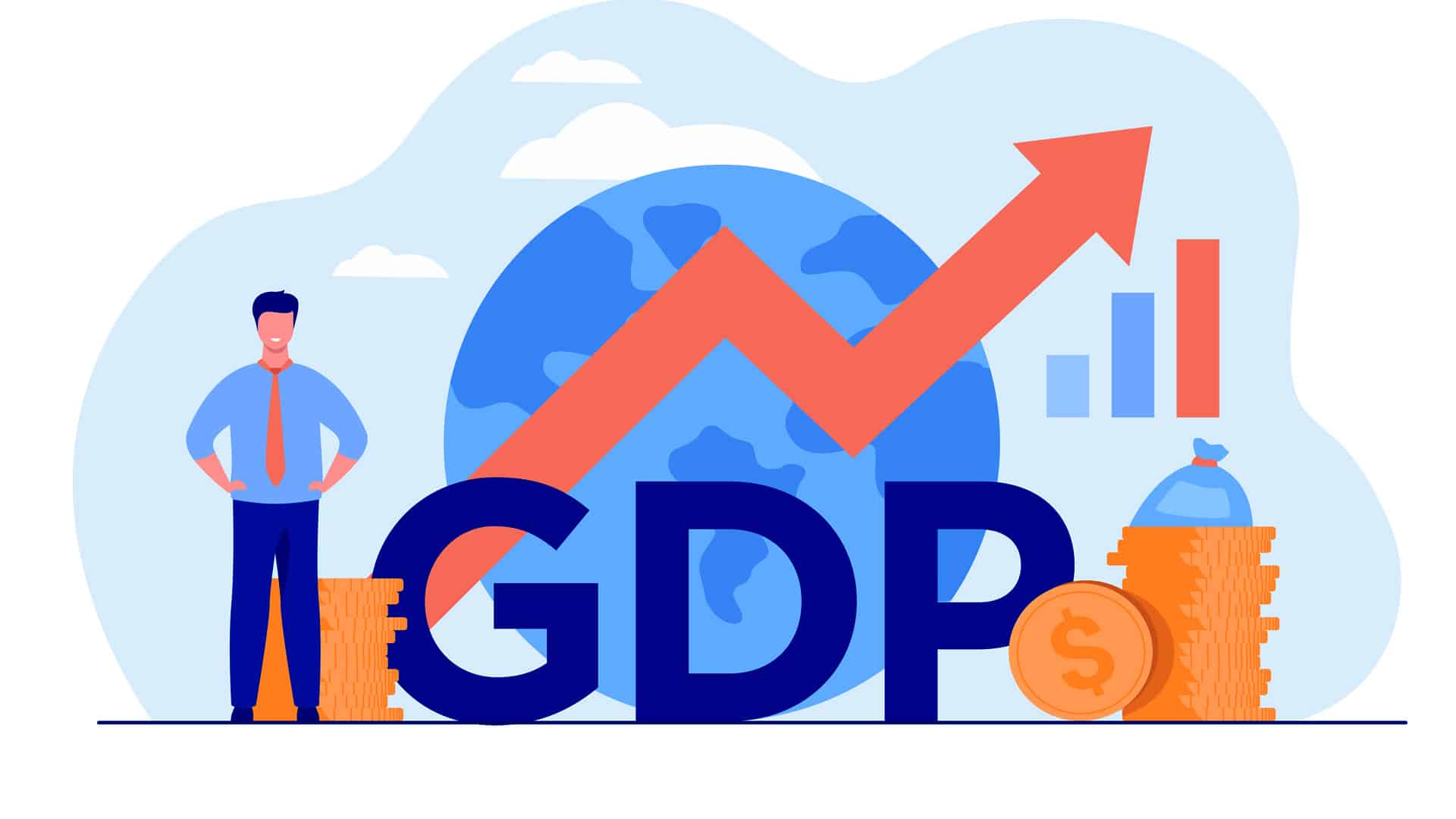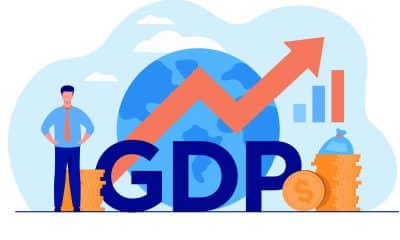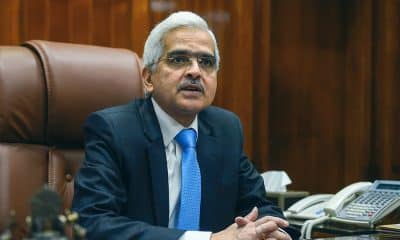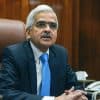GDP
India Ratings revises GDP growth forecast to 9.4% for FY22
India Ratings and Research (Ind Ra) on Thursday revised upwards its 2021-22 GDP growth forecast to 9.4 per cent considering the surprisingly faster recovery after the second wave of COVID, higher exports and sufficient rainfall. The rating agency had earlier expected the economy to grow by 9.1 per cent in a scenario where vaccinating all the adults gets pushed back to March 2022 and 9.6 per cent if the government achieves its target of rendering vaccine doses by December.
On Thursday, Ind Ra said the government is likely to miss its target, and vaccinating all adults will get spilled over to March, but revised upwards the growth forecast. Its principal economist and director of public finance, Sunil Kumar Sinha explained that the recovery in June and July from the after-effects of the second wave of the pandemic has been surprisingly fast, calling it as one of the main reasons for the revision.
Also read: Facebook took action on 31.5 mn pieces of content for hate speech in Q2
Additionally, the global markets are also doing good as the COVID threats ebb leading to higher exports in India, while the south west monsoon has revived which increases the prospects on the rural economy front, Sinha said, pointing that these factors prompted the new growth estimate. The Reserve Bank of India has maintained its estimate of 9.5 per cent growth for 2021-22 while other analysts’ estimates vary from 7.9 per cent to double digit.
Sinha, however, made it clear that the high growth number is driven by low base (the economy had contracted by 7.6 per cent in FY21), and even after the growth, the actual size of the economy will be just at par with the one in pre-COVID times. The economist also flagged concerns on rising inequalities in the society, saying the pandemic has pushed large number of people back into poverty. Whatever recovery we talk about now will be a ‘k-shaped’ recovery, he said, replying to a question on the same and making it clear that this isn’t a ‘v-shaped’ recovery.
Usually, a ‘k-shaped’ recovery refers to only a few people benefitting from the growth while the ones on the downward slope go down faster, just as the shape of the alphabet. He said private consumption has been the biggest driver for the economy, contributing 58 per cent of the GDP, but the same has not been growing as fast as it used to. Additionally, he also pointed out that over the last few years, a higher part of the consumption has happened by dipping into savings or through leverage which is visible through higher pick-up in personal loans.
On the investment front, which is a crucial contributor to GDP, there is little likelihood in a revival in private sector investments during the fiscal year, and “what we are witnessing right now is maintenance capital expenditure and not greenfield projects,” Sinha said, pointing out to stable capacity utilization levels in reports published by the central bank. The rating agency expects the nominal GDP growth to come at 15.6 per cent and the average retail inflation at 5.6 per cent. It, however, feels that RBI will look through the surge in inflation and keep on prioritizing growth because of the central bank’s view that the price rise is due to transitory factors, and maintain status quo on rates in the remaining fiscal year.
The rise in oil prices is one of the biggest factors feeding the inflation, it said, pointing out that RBI has been urging the government to reduce the taxes and duties on the commodity which lead to inflationary pressures. However, Sinha said the government is not heeding to such calls because it feels the resentment within the public is not very high enough for it to act. Therefore, it is continuing to keep the taxes and duties at elevated levels which accrues higher revenues which can be then distributed for public schemes. It said there is a likelihood that the final fiscal deficit for 2021-22 will come at 6.6 per cent, a shade lower than the government’s own budgetary targets.











































